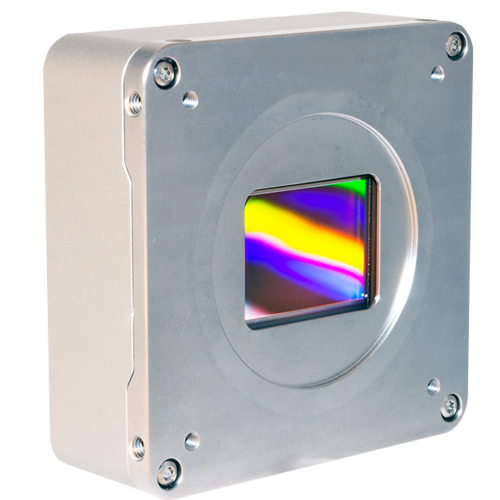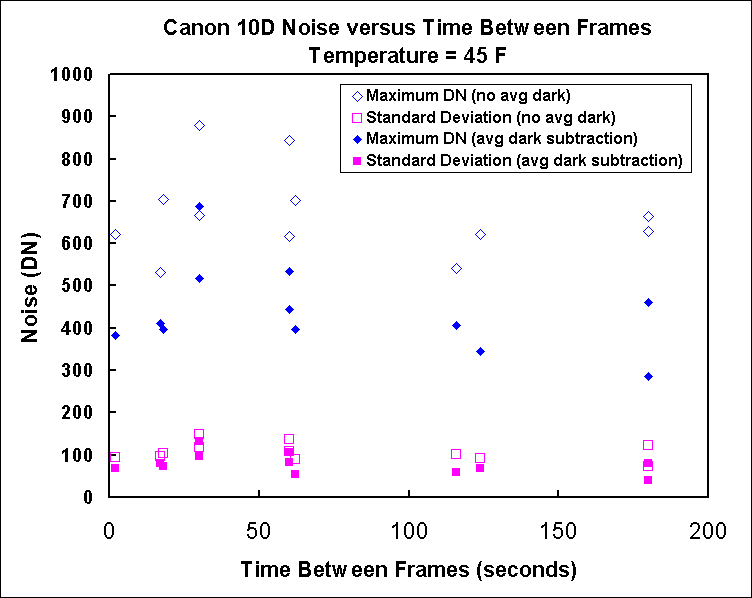

There are three main sources of noise to consider when using a scientific camera: read noise, dark current and photon shot noise. Sources Of NoiseĪ common mistake with noise is to attempt to measure it from images – noise cannot be measured in this way, but fortunately it is easy to calculate. At lower SNR, significant amounts of information have been lost. At 10:1 the image may appear similar, but the magnified insert shows that information has been lost. At 15:1, the image is high quality and plenty of information is available. B) How an image changes at different SNRs. The peak SNR across this array is 5:1 (from the peak of signal, 25). A) The left-hand array shows just the signal, while the right-hand array shows the signal and the noise. This representative is the SNR of the peak intensities of your signal of interest.įigure 2: Demonstrating noise and SNR. Note: while SNR varies on the single-pixel level, entire images are often described as having one SNR value as shorthand (as in Fig.2B). Some examples of how images appear at different representative SNR values can be seen in Fig.2B. However, tracking the movement of a bright object can be performed with much lower SNR. Different imaging and analysis techniques require different minimum SNR levels – for example, resolving ultra-fine sub-cellular details requires a very SNR. Image contrast is also hugely dependent upon SNR – the closer the signal from your sample is to the random variation in pixel intensities due to noise, the more difficult it will be to see it. The higher the SNR, the better the image. While noise is unavoidable, it is best if it can be reduced as much as possible, or it can interfere with the signal.Īs signal is desirable and noise is undesirable, it is best to have a SNR as high as possible. Rather than every pixel having an absolute value of photoelectrons, it is more of a range, as seen in Fig.2A.

We can’t measure how much noise was in an image, but we can calculate how far off a measurement may be from the ‘true’ value. Noise is fundamental and unavoidable and will occur on every camera, with every microscope system. Noise is often mistaken for the background grey level value of the image – in fact, noise is error that exists on the measurements made by every sensor pixel. A larger pixel or higher QE will result in higher photoelectron The signal for our camera is the number of detected photoelectrons in If the signal from the sample is weak compared to the noise levels, it can be hard to see, measure, or even detect at all. Signal to noise ratio (SNR) is the relationship between signal and noise in a pixel. This means that binning (grouping of pixels on the sensor into ‘super-pixels’) can increase sensitivity, as it increases the effective pixel size. If high resolution is required, it can be increased, but sensitivity will fall as a result. As mentioned before, sensitivity and resolution need to be balanced when designing a sensor and an optical setup. This is in direct opposition to resolution, where larger pixels decrease the camera’s ability to discern fine details. With pixel area – a pixel twice as large will collect four times as many Generally experience no more noise than a smaller pixel. Size of the pixel – a larger pixel area will collect more photons, yet The number of photons detected per pixel is even more influenced by the Figure 1: The quantum efficiency of the Prime 95B at different photon wavelengths.


 0 kommentar(er)
0 kommentar(er)
